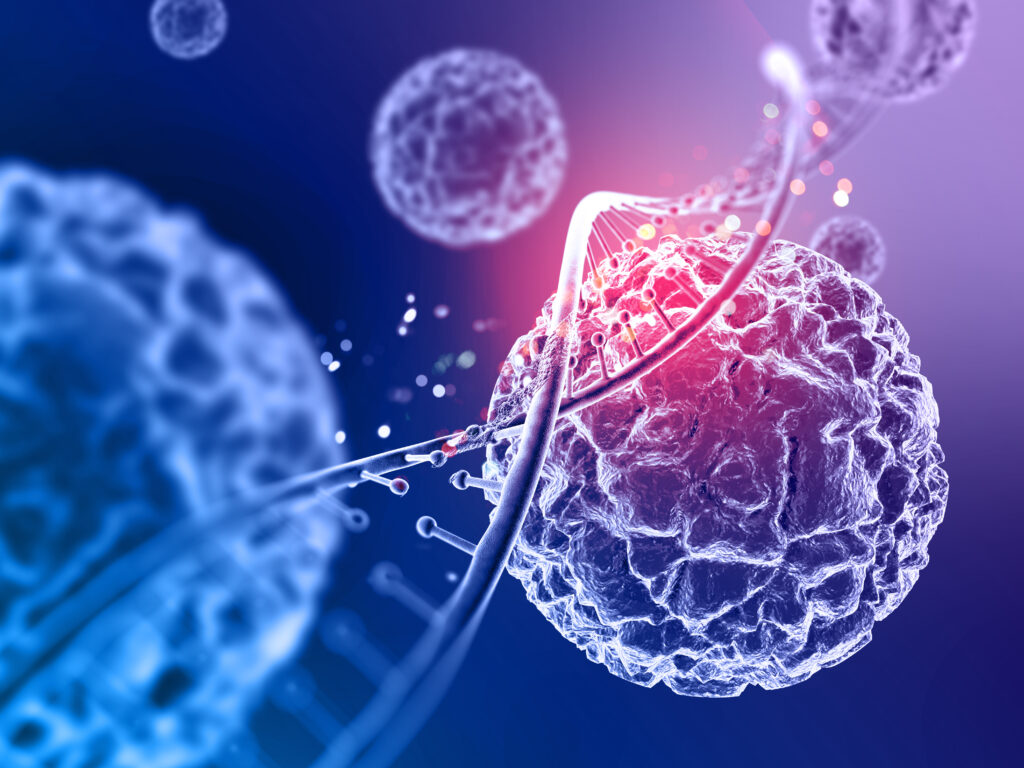
Stem cells are unspecialized cells that can develop into various types of specialized cells in the body. They have the potential to replace damaged or diseased cells and regenerate tissues.
Stem cells are characterized by three key features
- Self-renewal: Stem cells can divide and produce more stem cells, allowing them to replenish themselves over time.
- Undifferentiated: Stem cells do not have a specific function and have not yet developed into specialized cells.
- Differentiation: Stem cells can differentiate into various types of specialized cells, such as heart muscle cells, bone cells, or nerve cells.

Embryonic Stem cells (ESCs)

derived from human embryos or fetuses are currently used only for research purposes.
They possess the extraordinary ability to differentiate into all three germ layers of the body: ectoderm, mesoderm, and endoderm. However, the utilization of embryonic stem cells carries the potential risk of tumor or cancerous lump formation.
Potential Therapeutic Applications of Embryonic stem cells (ESCs)
- Musculoskeletal Disorders: MSC therapy has shown promising results in treating musculoskeletal disorders, such as osteoarthritis, osteoporosis, and cartilage defects. By injecting MSCs into damaged joints or bones, they can promote tissue regeneration, reduce pain, and improve joint function.
Cardiovascular Diseases: MSC therapy has demonstrated potential in treating cardiovascular diseases, including heart failure and myocardial infarction. By delivering MSCs to the injured heart tissue, they can promote angiogenesis, reduce inflammation, and improve cardiac function.
Neurological Disorders: MSC therapy is being investigated for treating neurological disorders, such as stroke, Parkinson’s disease, and multiple sclerosis. By injecting MSCs into the brain or spinal cord, they can promote neuroprotection, reduce inflammation, and potentially improve neurological function.
Autoimmune Diseases: MSC therapy is being explored for treating autoimmune diseases, such as rheumatoid arthritis, lupus, and Crohn’s disease. Due to their immunomodulatory properties, MSCs can suppress inflammation and potentially slow disease progression.
Skin and Wound Healing: MSC therapy has shown promise in promoting skin healing and wound closure. By applying MSCs to chronic wounds or skin ulcers, they can accelerate tissue regeneration and improve healing outcomes.
Cancer Therapy: MSC therapy is being investigated for its potential to enhance cancer therapy by supporting the immune system and reducing treatment-related side effects. MSCs can also be used to deliver anti-cancer drugs directly to tumor sites.

Advantages:
Human embryonic stem cells or human blastocyst stem cells have the potential to develop into all three germ layers: the ectoderm, mesoderm, and endoderm.
Disadvantages:
Ethical concerns : The use of human embryonic stem cells raises a number of ethical concerns, such as the destruction of embryos. Many people believe that it is morally wrong to destroy embryos, as they have the potential to develop into human beings.
Risk of teratoma formation : There is a risk that human embryonic stem cells could form teratomas, which are tumors that contain differentiated tissues from all three germ layers. Teratomas can be benign or malignant, and they can be difficult to treat.

